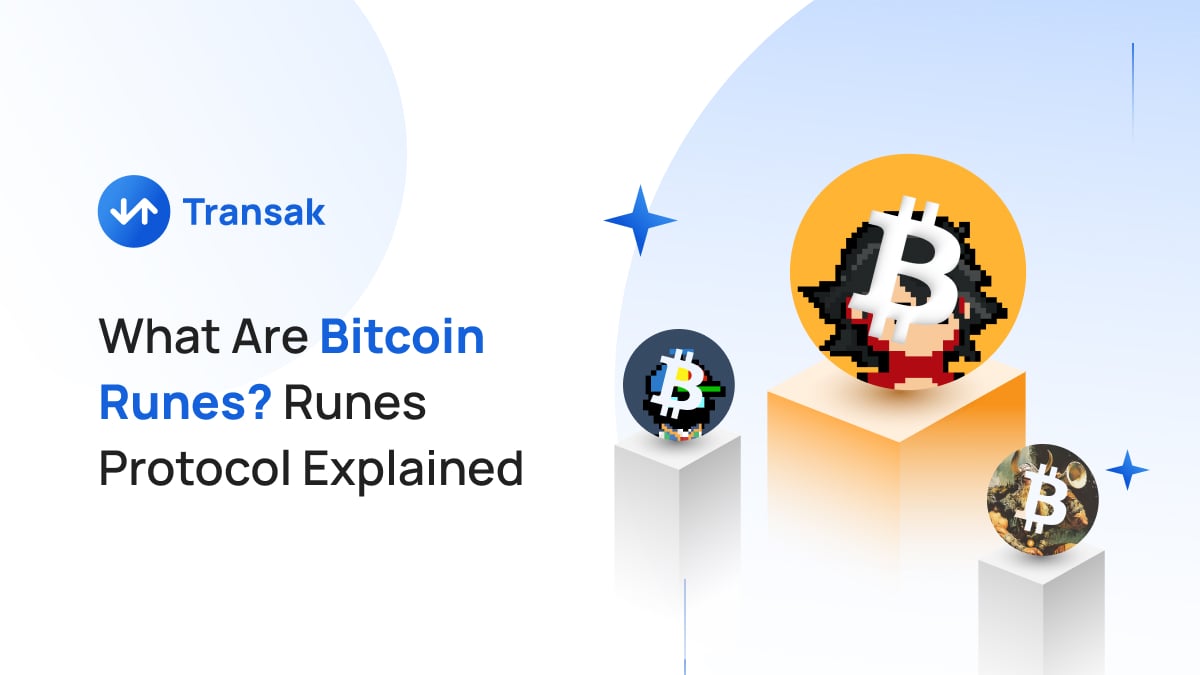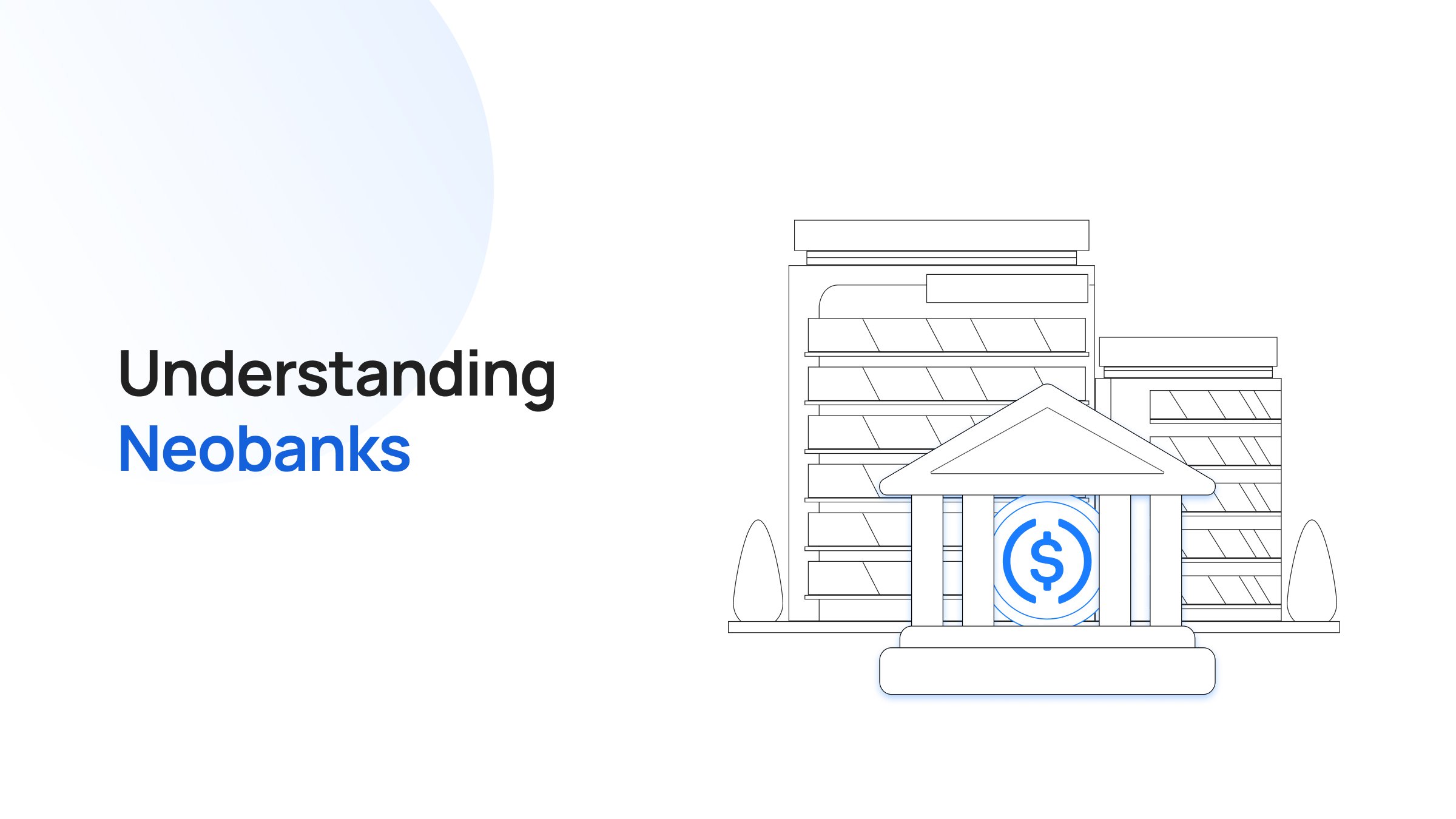The DeFi ecosystem has exploded in Bitcoin with the onset of the Ordinals protocol. Fungible tokens – interchangeable digital assets – are essential for innovations like lending, borrowing, and decentralized exchanges.
Experiments like the BRC-20 token standard emerged, and have already amassed a multi-billion market capitalization. However, they often lead to increased transaction sizes and potentially higher network fees. This hinders the growth of a vibrant DeFi ecosystem on Bitcoin.
Enter Bitcoin Runes, a radical new protocol that leverages Bitcoin's native UTXO (Unspent Transaction Output) model to make token creation dramatically more efficient.
Unlike previous attempts to bring tokens to Bitcoin, Runes don't rely on complex smart contracts or the recently hyped Ordinals. Instead, Runes promises a leaner, cleaner way to build a rich token economy directly on the Bitcoin blockchain, potentially leading to lower fees and less network congestion.
What Is The Runes Protocol?
The Runes protocol is an innovative token standard designed to be launched on Bitcoin, following the fourth Bitcoin halving in April 2024.
Developed by Casey Rodarmor, the figure behind the Ordinals protocol, Runes aims to introduce a shift in how fungible tokens are issued and managed directly on Bitcoin’s native blockchain.
“Creating a good fungible token protocol for Bitcoin might bring significant transaction fee revenue, developer mindshare, and users to Bitcoin.”
— Casey Rodarmor | Creator of Runes
Fungible tokens play a central role in decentralized finance — these interchangeable digital assets power lending, borrowing, and decentralized exchanges. While Ethereum dominates DeFi due to its flexibility in creating tokens, Bitcoin offers a secure and decentralized foundation for similar applications.
However, Bitcoin's core design presents a challenge for fungible tokens. Existing fungible token protocols, like Omni Layer, rely on additional layers built on top of Bitcoin, adding complexity.
Runes utilizes Bitcoin’s own blockchain to enhance direct token operations.
The Runes protocol is built on a UTXO-based model, which stands for Unspent Transaction Outputs. It aligns with Bitcoin’s original architecture and enables more granular transaction control.
How Does Runes Protocol Work?
At the heart of the protocol are Runes, the fundamental units representing fungible tokens. Unlike Ethereum's ERC-20 standard, Runes is native to the Bitcoin UTXO model. A unique Rune ID identifies each Rune and carries information about its current output and amount.
Here's a breakdown of the key concepts.
1. UTXO Model
Unlike Ethereum's account-based system, Bitcoin uses UTXOs. Each transaction output represents unspent Bitcoin that can be used as input for a new transaction.
Runes utilizes this model to embed data about token creation and transfers directly within Bitcoin transactions.
2. OP_RETURN
Runes utilizes OP_RETURN, a Bitcoin opcode that allows embedding data within a transaction without affecting its validity. This data, limited to 80 bytes, carries information about token creation (etching), transfer, and other functionalities.
Unlike regular Bitcoin transactions where you send coins, OP_RETURN is meant to attach extra information. The coins in this output can't be spent like usual.
The space for this note is very limited (about 80 characters). So, it's used for brief but important data, not long messages.
Developers get clever with this! They use OP_RETURN for things like:
- Timestamping documents (like a digital notary)
- Storing small bits of game data
- Embedding messages for fun
- Creating tokens on Bitcoin (like with Runes Protocol)
OP_RETURN gives Bitcoin a dash of flexibility, even though its primary focus is on secure financial transactions. It allows for small amounts of data to be permanently recorded on the blockchain without interfering with its main purpose.
3. Runestones
Messages encoded within transactions using OP_RETURN are called Runestones. These messages contain details about the specific actions being performed with a Rune token, such as creating new units, transferring existing ones, or destroying them.
Runestones (the messages) are of three types:
- Etching: Defines the genesis of a new Rune token. Includes parameters like token name, symbol, divisibility, and initial supply.
- Transfer: Facilitates the transfer of Runes from inputs to outputs within a transaction. This Runestone carries the Rune ID, output number, and the amount to be transferred.
- Burn: Intentionally destroys a specified amount of Runes. This serves to control the token supply and can be useful for various applications.
Runes Flow: From Creation to Validation
1. Birthing a Rune: The Etching Process
“Etching” is the name given to the process of creating a fungible token using the Runes protocol.
This initial step involves crafting a Bitcoin transaction with a special message hidden within — a Runestone encoded using the OP_RETURN opcode. This Runestone acts like a birth certificate for your new token, specifying its key characteristics:
- A Unique Name: Just like a child receives a name, your token gets a catchy moniker that identifies it within the Bitcoin ecosystem.
- A Recognizable Symbol: Similar to a company logo, your token gets a symbol for easy visual representation. Think Bitcoin's (BTC) or Ethereum's (ETH).
- Divisibility: Will your token be divisible into smaller units, like cents for a dollar? This step defines the level of granularity for your token.
- Initial Supply: Just like any currency, your token needs a starting point. Here, you determine the total number of tokens that will ever exist.
Once miners validate and process the transaction containing the etching Runestone, your brand new Rune token is officially born and resides within the designated output of the transaction.
The etching process also allows pre-mining — a process where a preset amount of the Runes being created are allotted to the wallets of the creator’s choice before they are minted.
2. Transferring Runes
Runes Protocol facilitates the transfer of newly etched Runes through another specialized Runestone — the transfer Runestone.
This message, embedded within a new Bitcoin transaction, outlines the specifics of the move:
- The Rune's Identity: The Runestone clearly identifies the specific Rune token you're transferring by including its unique ID.
- The Current Location: The Runestone specifies the exact output on the Bitcoin blockchain where the Runes currently reside.
- The New Destination: The Runestone indicates where the Runes should be sent – another output on the blockchain, presumably your friend's Bitcoin address.
- The Amount on the Move: Not all your Runes need to travel! The Runestone specifies the exact quantity of Runes being transferred.
Once miners validate this transaction, the designated amount of Runes seamlessly moves from your friend's designated output to theirs.
3. Validating Runes & the Role of Cenotaphs
The beauty of the Runes Protocol is its security. Just like any good system, Runes has built-in checks and balances to ensure everything runs smoothly.
Miners and nodes across the Bitcoin network act as the gatekeepers, validating each transaction containing Runestones. They ensure that:
- Runes aren't duplicated: Just like physical cash, Runes can't be magically multiplied. Validation ensures no attempt is made to create more Runes than the initial supply defined during etching.
- Runes aren't destroyed unexpectedly: Accidental deletion is a nightmare! Validation safeguards against any actions that could lead to unintended loss of Runes.
- Runes follow the designated path: Think of it as a traffic cop. Validation ensures Runes only move according to the instructions laid out in the transfer Runestone.
However, even the best-laid plans can go awry. If there's a mistake in a Runestone, like an invalid encoding or a missed output, the transaction gets flagged as invalid. Here's where the concept of "Cenotaphs" comes in. These act as a deterrent for sloppy UTXO management.
Transactions with Cenotaphs are essentially "burned," meaning the Runes within are effectively destroyed. While seemingly harsh, this mechanism encourages users to be meticulous with their Runes, promoting responsible participation in the ecosystem.
Bitcoin Runes vs. BRC-20 Tokens vs. Bitcoin Ordinals
Bitcoin Runes |
BRC-20 Tokens |
Bitcoin Ordinals |
|
|
Creator |
Casey Rodarmor |
Domo |
Casey Rodarmor |
|
Underlying Technology |
UTXO model |
Ordinals protocol |
Ordinals protocol |
|
Token Type |
Fungible |
Fungible |
Non-fungible |
|
Creation Process |
Etching Runestones in transactions |
Smart contracts on Ordinals |
Inscribing data into satoshis |
|
Efficiency |
Optimized for UTXOs, the potential for lower fees |
Can lead to blockchain bloat |
Can lead to blockchain bloat |
|
Complexity |
Relatively simple |
Complex smart contract interaction |
Simple inscription process |
|
Security |
Inherits Bitcoin's security model |
Relies on Ordinals and additional layers |
Relies on Bitcoin's core security |
|
Programmability |
Limited within Runestones |
Limited due to Ordinal and smart contract restrictions |
Minimal |
|
On-Chain Footprint |
Minimized due to UTXO optimization |
Can be substantial |
Potentially large, depending on inscription size |
|
Lightning Compatibility |
Potential for future integration |
Limited potential |
Limited potential |
|
Use Cases |
DeFi primitives, stablecoins, governance tokens |
Experimental DeFi |
Primarily NFTs, digital collectibles |
How Does Bitcoin Runes Reduce Blockchain Bloat?
Unlike other token solutions that might create numerous tiny, unspendable outputs (called "dust"), Runes focuses on careful integration within Bitcoin's UTXO system.
Minimizing the creation of these dust outputs, Runes contributes to keeping the blockchain lean.
Every Bitcoin you spend is actually the output of a previous transaction. Runes, by working within this existing structure, avoids the need for additional layers on the blockchain that could increase its size.
Bitcoin Runes: A Catalyst For Memecoins On Bitcoin
Runes has significantly lowered the barrier of entry for creating new tokens (fungible) on the Bitcoin blockchain.
This newfound ease has led to an explosion of experimentation, including the rise of meme coins that wouldn't have been feasible with previous approaches. Projects can now quickly and efficiently spin up their own tokens on Bitcoin, leveraging its security and brand recognition.
As with the Ordinals protocol, Runes, too, sparked a debate within the Bitcoin community.
Purists who favor Bitcoin's focus purely on secure currency might view tokenization, especially meme coin activity, as a distraction. Others argue that Runes unlocks new use cases and innovation, broadening Bitcoin's potential.
Notable Runes Projects
1. RSIC Metaprotocol
RSIC stands for Rune Specific Inscription Circuits. The project airdropped 21,000 RSIC tokens (a.k.a. Runecoins) to various Bitcoin addresses that have been active in the Ordinals space since its early days.
Each RSIC is essentially a Bitcoin Ordinal but built using the foundations of the Runes Protocol.
RSICs introduce a unique mechanic known as "Rune mining." Each RSIC contains symbols that, when matched with the latest Bitcoin block hash, can increase the output of Runes generated. This process adds a gamified, yield farming-like element to owning these assets.
2. Rune Pups
Rune Pups (available on Magic Eden) is one of the most prominent examples of the meme coin phenomenon that has exploded on Bitcoin with the advent of the Runes Protocol.
PUPS claims to be the "first" meme coin on the Bitcoin blockchain, though this is often contested. It was initially airdropped to early Ordinals adopters.
Like many meme coins, PUPS doesn't offer inherent utility beyond speculative trading. Its value is driven largely by community sentiment and hype.
The meme coin served as an early demonstration of the ease with which tokens can now be launched on Bitcoin thanks to the Runes Protocol.
Conclusion
The Runes Protocol represents a significant paradigm shift in how fungible tokens could interact with the Bitcoin blockchain. While Runes prioritizes efficiency, an influx of tokens can still strain the network.
Memecoins might grab headlines, but the true test for Runes will be its ability to facilitate serious DeFi applications. Can it enable the creation of robust decentralized exchanges, lending platforms, and even Bitcoin-pegged stablecoins?
For more information, visit transak.com or follow on twitter.com/transak.






